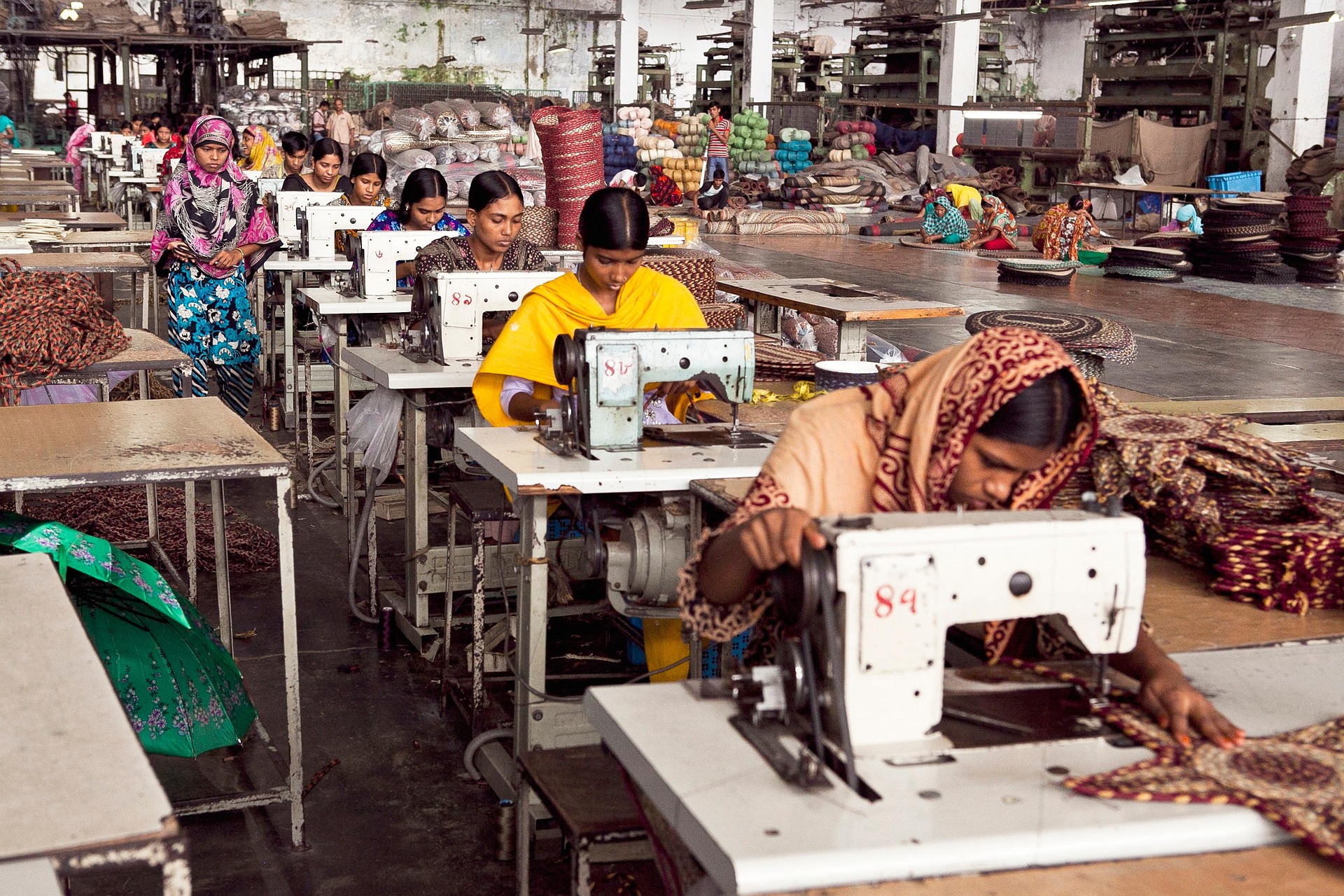Bangladesh’s crucial garment sector is facing a severe crisis, with over 50,000 workers, mostly women, losing their jobs as 76 factories have shut down in the past year. Experts warn that this decline could deepen, with more closures likely, threatening the stability of the country’s export economy.
The Bangladesh Garment Manufacturers and Exporters Association (BGMEA) former president, SM Fazlul Haque, called the situation “distressed,” emphasizing that most garment factories are operating at a loss. With rising operational costs, factory owners are under increasing pressure to stay afloat. “The longer the machines run, the greater the financial burden,” Haque said. “If this continues, more factories will close.”
The downturn in global garment prices has been a key factor contributing to the crisis. European Union buyers have reduced orders by 5%, while U.S. buyers have slashed prices by 8%. These cuts, combined with a 3% overall decline in export orders last year, have left many manufacturers struggling to maintain profitability.
Haque identified several other contributing factors, including rising bank loan interest rates, a depreciating taka, higher raw material costs, gas shortages, and inconsistent electricity supply. The unrest in July-August, when internet services were suspended, further exacerbated disruptions in the sector.
Despite these challenges, Bangladesh’s garment industry still managed to generate $38.48 billion in exports in 2024, with knitwear accounting for $20.52 billion and woven products making up $17.95 billion. However, the closure of 76 BGMEA-affiliated factories in just one year highlights the urgency for government intervention.
Haque stressed the importance of political stability for the sector’s recovery, stating, “A stable government is essential for industrial growth. New leadership is needed to tackle the ongoing crisis in the sector.”
The fate of Bangladesh’s garment industry remains uncertain, with factory closures and job losses continuing to ripple through the economy. Immediate action is required to address the systemic challenges facing this vital sector.
Picture of women sewing on Pixabay


